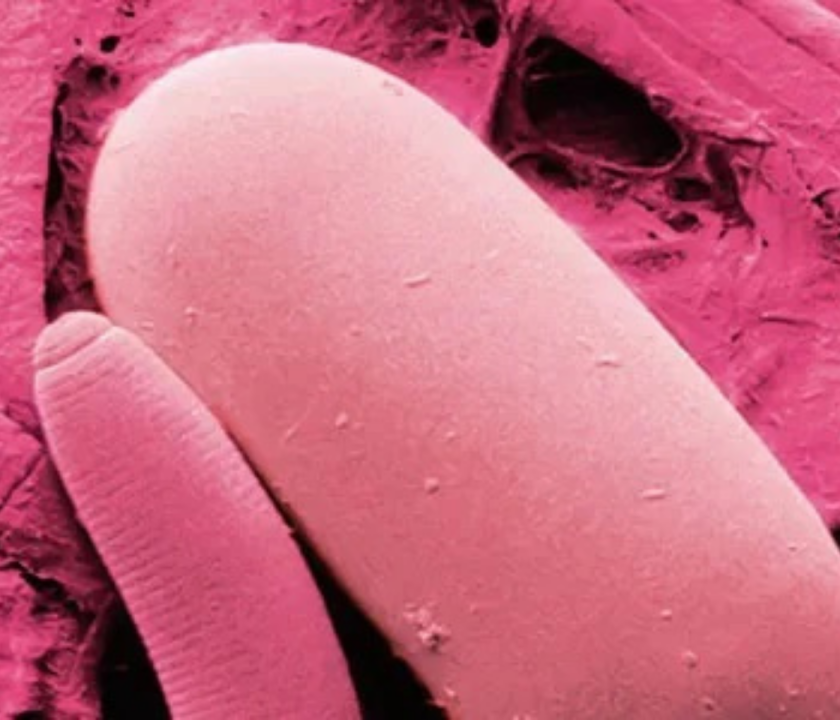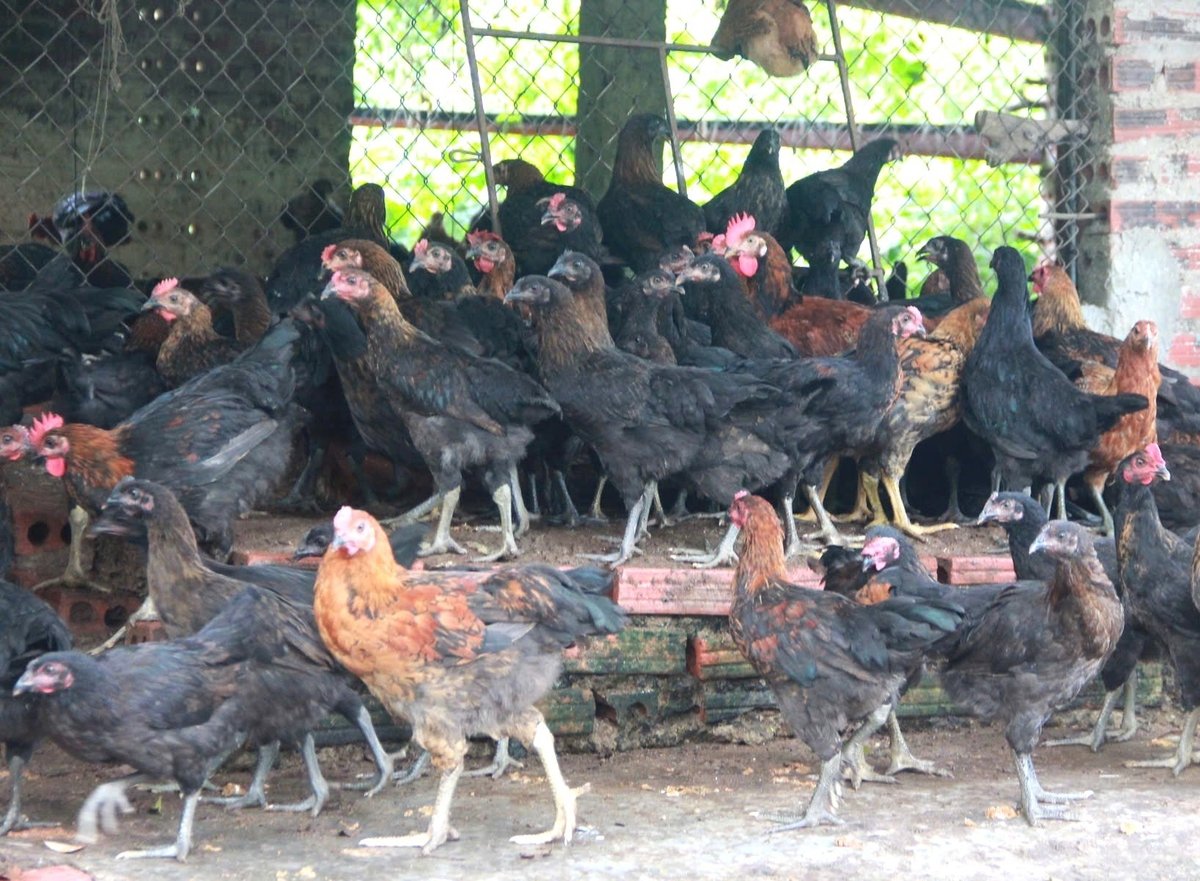Content available at: Español (Spanish) Português (Portuguese (Brazil))
Until now, almost all egg production has been carried out in cages, and therefore parasitic problems have generally not posed any threat to the producer. However, in alternative production systems with access to the outside –especially free-range and organic hens–the parasitic processes caused mainly by nematodes and cestodes gain prominence.
Little did I predict when I finished my veterinary degree at the University of Zaragoza, back in 1996, that one of the headaches in the exercise of my profession as a poultry veterinarian would be the parasitic processes caused mainly by nematodes and cestodes. Unlike the well-known problems caused by protozoan parasites of the Eimeria genus or the Cryptosporidium genus widespread in poultry production in general. Additionally, the irruption in the market of the different alternative egg production systems –mainly free-range and organic hens– with abroad caused my first necropsy encounters with these worms in the digestive tract of our hens.
One of the main reasons, if not the main reason why egg producers modernized their farms and introduced hens in cages, was undoubtedly to avoid the parasites that had given them so much problems in the past. The fact that practically all egg production was carried out in cages for decades meant that parasites generally did not threaten the egg producer. In my beginnings with alternative systems, I remember rereading books on avian parasitology from the 1950s and 1960s since modern publications dealt with these topics little or nothing.
Nematodes

Figure 2. Usual morphology of nematodes
In general, nematodes constitute the most important group of helminth parasites of birds. In addition, they greatly exceed both the number of species and the damage caused to trematodes and cestodes.
Description
Nematodes, or roundworms, are usually spindle-shaped with attenuated anterior and posterior ends. Transverse grooves often mark their cuticle, and they can have fins on both the front and back of the body.
With few exceptions, nematodes are sexually differentiated. Generally, the male can be distinguished from the female by the presence of two chitinous structures known as spicules located on the back of the body.
The function of these spicules is to keep the female’s vagina, and vulva open during copulation and, to some extent, guide sperm into the vagina.
Half of the nematodes do not
Keep up to date with our newsletters
Receive the magazine for free in digital version REGISTRATION ACCESS
YOUR ACCOUNT LOGIN Lost your password?


